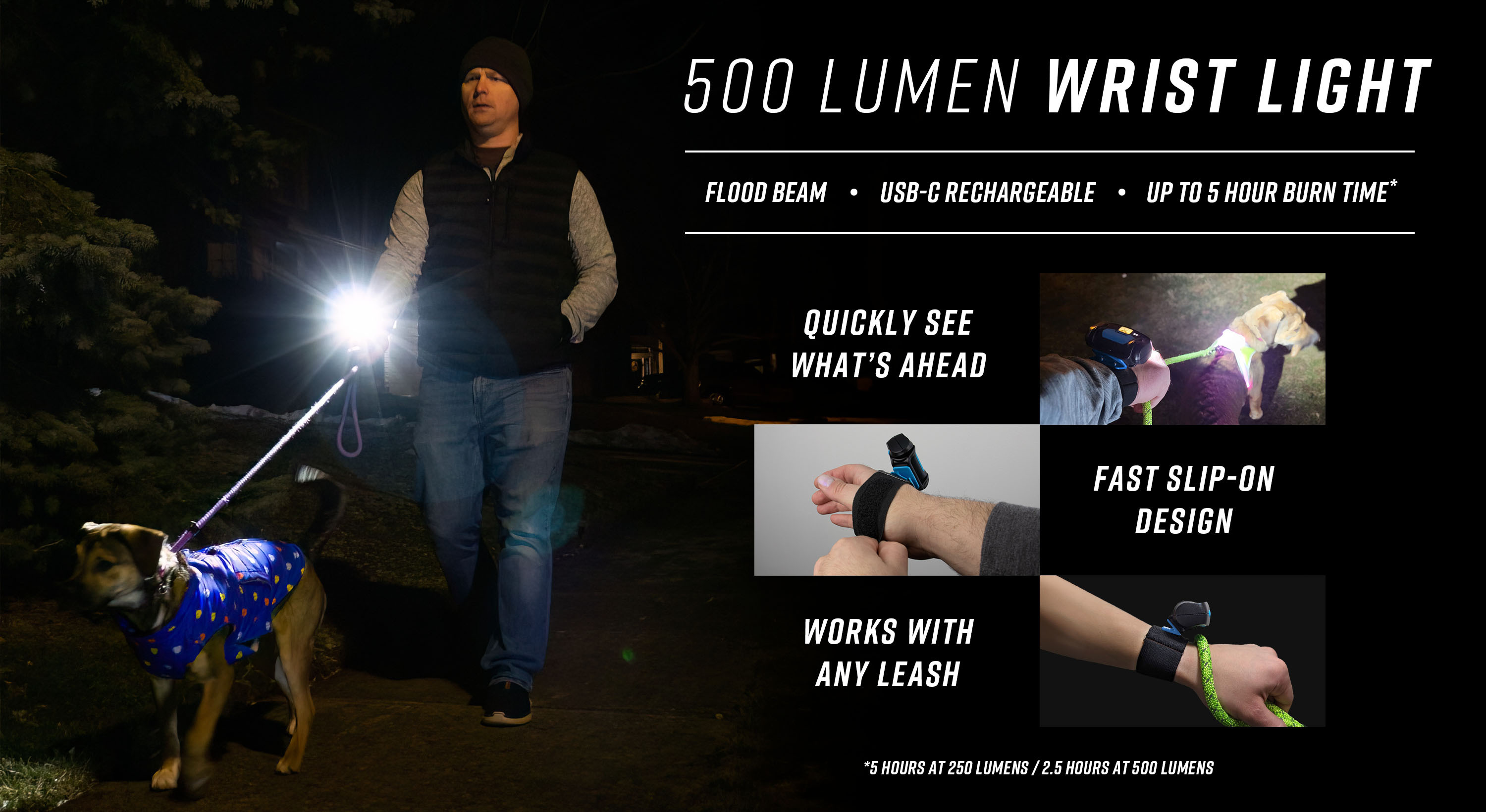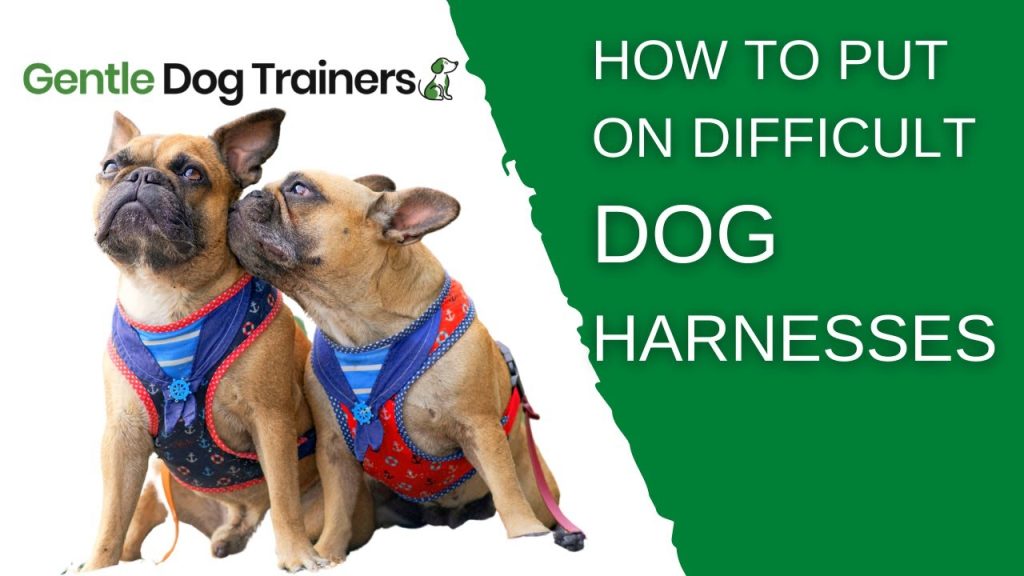Mastering the art of how to put on a dog harness is crucial for every dog owner. Whether you have a new puppy or an older dog, using a harness can provide better control and comfort during walks. However, it can be tricky to figure out the right way to put on a dog harness, especially if you’re a first-time pet parent. This step-by-step guide will walk you through the process, from choosing the correct harness size to properly adjusting it on your furry friend. By following these instructions, you’ll ensure your dog’s safety and comfort while enjoying your time together outdoors.
Whenever I put the harness on my dog about 8 rolls of fat appear between her neck and chest and she looks ridiculous. pic.twitter.com/8kGGqI5VTl
— Joshua Longmore (@JBLongmore) August 18, 2018
Introduction to Putting on a Dog Harness
When it comes to walking your furry friend, using a dog harness is a comfortable and safe option. Learning how to put on a dog harness properly is crucial for your dog’s well-being and your convenience.
Step 1: Choose the Right Harness
Ensure you have the correct size and type of harness for your dog’s breed and size. A well-fitted harness will prevent chafing and discomfort.
Step 2: Adjust the Straps
Before putting on the harness, adjust the straps to fit your dog snugly but not too tight. Check for any rubbing or pinching points.
Step 3: Put on the Harness
Slide the harness over your dog’s head, making sure the front D-ring is at the chest. Secure the buckles around the belly and back.
Step 4: Final Adjustments
Double-check the harness fit and straps. You should be able to fit two fingers between the harness and your dog’s body for a comfortable fit.

Understanding the Importance of Using a Dog Harness
When it comes to walking your furry friend, using a dog harness is essential for various reasons. Harnesses provide better control over your dog while reducing the risk of neck injuries compared to traditional collars.
Enhanced Control and Safety
A dog harness ensures that your dog is securely restrained, allowing you to guide them without causing strain or potential harm to their neck.
With proper fitting, how to put on a dog harness correctly can prevent your dog from slipping out during walks, ensuring their safety.
Prevention of Neck Injuries
Unlike collars that put pressure on a dog’s neck, harnesses distribute the force across the chest and shoulders, minimizing the risk of neck injuries due to pulling or sudden movements.Understanding the Importance of Using a Dog Harness
Using a harness when walking your dog also helps manage strong pullers, reducing the strain on their neck muscles and potentially preventing long-term damage.

Choosing the Right Dog Harness
When it comes to how to put on a dog harness, selecting the right one is crucial for your furry friend’s comfort and safety. There are various types of dog harnesses available in the market, each designed for different purposes and breeds. To make an informed decision, consider the following factors before making a purchase:
Size and Fit
Ensure you measure your dog’s chest and neck accurately to find the appropriate size. A harness that is too tight can cause discomfort, while a loose one may lead to escape. Look for adjustable straps that allow for a snug fit.
Material and Durability
Opt for a harness made of sturdy materials like nylon or polyester that can withstand your dog’s movements. Check for reinforced stitching and metal buckles for added durability.
Style and Design
Choose a style that suits your dog’s breed and personality. Whether it’s a no-pull harness, a step-in harness, or a vest harness, pick one that complements your dog’s activities and behavior.

Step-by-Step Guide on Putting on a Dog Harness
Putting on a dog harness correctly is crucial for your pet’s comfort and safety. Follow these simple steps to master the art of harnessing your furry friend.
Step 1: Choose the Right Harness
Ensure you select a harness that fits your dog properly. Measure your dog’s chest girth before buying a harness to ensure the right size.
Step 2: Position the Harness
Place the harness on the floor and encourage your dog to step into it. Lift the harness up and secure it around your dog’s chest.
Step 3: Secure the Straps
Adjust the straps on the harness to ensure a snug but not tight fit. The harness should be secure enough that your dog can’t slip out of it.
Step 4: Check for Comfort
Make sure the harness is not too loose or too tight. A properly fitted harness allows your dog to move freely without causing any discomfort.
Tips for Ensuring a Proper Fit
When it comes to learning how to put on a dog harness, ensuring a proper fit is essential for your pet’s comfort and safety. Here are some tips to help you achieve the perfect fit:
Measure Your Dog
Before purchasing a harness, measure your dog’s chest and neck to ensure you get the right size. Refer to the manufacturer’s sizing guide for accuracy.
Adjust Straps Properly
Once you have the harness on your dog, make sure to adjust the straps snugly but not too tight. You should be able to fit two fingers between the harness and your dog’s body.
Check for Comfort
Observe your dog for any signs of discomfort, such as chafing or restricted movement. If you notice any issues, reassess the fit and make adjustments as needed.
Common Mistakes to Avoid
When learning how to put on a dog harness, it’s crucial to steer clear of common mistakes that could compromise your pet’s comfort and safety. Below are some key errors to avoid:
Incorrect Sizing
One of the biggest mistakes is choosing the wrong size harness. A harness that is too tight can cause chafing and discomfort, while one that is too loose may lead to your dog slipping out.
Improper Adjustment
Another pitfall is failing to adjust the harness properly. Ensure that the straps are snug but not constricting, and check for any twisted or tangled parts that could cause irritation.
Skipping the Instructions
Many pet owners make the mistake of disregarding the manufacturer’s instructions when putting on the harness. It’s essential to follow the provided guidelines to ensure a secure fit.
Ignoring Signs of Discomfort
Be vigilant for any signs of discomfort or distress when your dog wears the harness. Address any rubbing or chafing immediately to prevent skin irritation.
Benefits of Using a Dog Harness
Using a dog harness comes with various benefits that cater to both the dog’s comfort and the owner’s convenience. Let’s explore why opting for a dog harness can significantly enhance your walking experience with your furry companion:
Improved Control and Safety
A dog harness offers better control over your pet during walks, especially for dogs that tend to pull or lunge. This added control reduces the risk of your dog slipping out of the collar, ensuring their safety.
Reduction in Neck Strain
Unlike collars that put pressure on the dog’s neck, a harness disperses the pressure throughout the chest and shoulders, minimizing the risk of neck strain or injuries.
Training Aid
Using a harness can aid in training your dog to walk politely on a leash. It discourages pulling and offers a more gentle way to redirect your dog’s movements.
Frequently Asked Questions
- Why should I use a harness for my dog instead of a collar?
- Using a harness distributes the pressure more evenly across your dog’s body, reducing the risk of neck injuries that can be caused by collars. It also gives you more control over your dog’s movements.
- How do I determine the right size harness for my dog?
- To find the right size harness for your dog, measure their chest girth and neck girth. Then, refer to the manufacturer’s sizing guide to choose the appropriate size based on your dog’s measurements.
- Can I put on a dog harness without any prior experience?
- Yes, putting on a dog harness is a relatively simple process that can be quickly learned. By following a step-by-step guide, such as the one provided in this blog post, you can easily master the art of putting on a dog harness.
- How do I know if the harness is fitted correctly on my dog?
- A properly fitted harness should be snug but not too tight. You should be able to fit two fingers underneath the straps comfortably. Additionally, check for any chafing or rubbing that could indicate an improper fit.
- What are the benefits of using a step-by-step guide for putting on a dog harness?
- A step-by-step guide provides clear instructions and visuals that can help you understand the process better. It ensures that you don’t skip any important steps and allows you to confidently put on the harness without any confusion.
Final Thoughts
In conclusion, mastering how to put on a dog harness is a crucial skill for all pet owners. By following the step-by-step guide provided in this blog, you can ensure your furry friend’s safety and comfort during walks or outings. Remember to choose the right harness size, adjust the straps properly, and make sure it fits snugly but not too tight. Practice putting on the harness a few times before taking your dog out to get them used to the process. With patience and practice, you will soon become adept at harnessing your dog effortlessly, strengthening the bond between you and your beloved pet.

